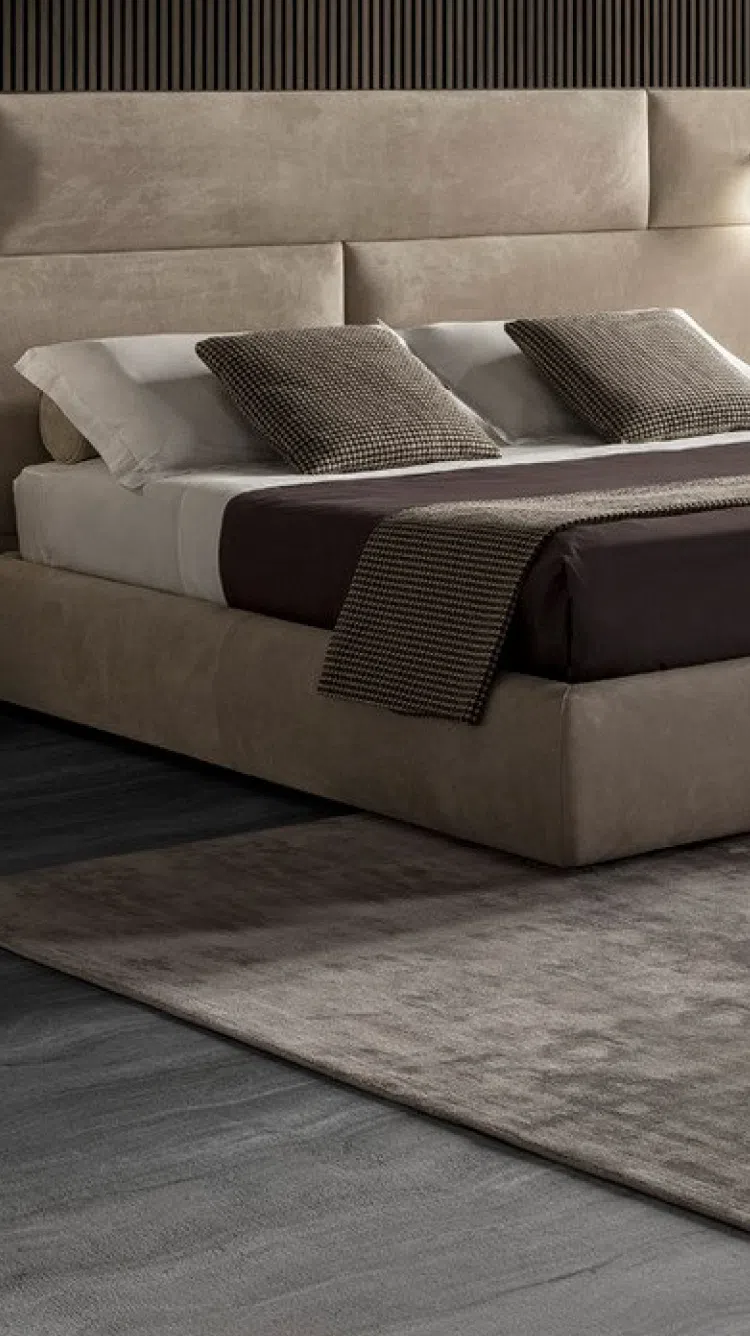
As a furniture material expert, when discussing reinforced plastic material, we're referring to a composite material that combines a plastic polymer with reinforcing fibers to improve performance characteristics. The plastic polymer provides the shape and maintains the structure, while the reinforcing fibers—commonly glass (as in fiberglass), carbon, or aramid—are interwoven or layered within the plastic to enhance its strength, durability, and resistance to environmental factors.
In the context of furniture manufacturing, reinforced plastic materials hold several valuable properties:
Strength and Durability: The addition of fibers, especially glass or carbon, drastically increases the tensile strength of the plastic. This means that furniture made of reinforced plastic can sustain heavy loads and resist impact and wear, making it suitable for chairs, tables, and other furnishing that require support.
Light Weight: Despite their strength, reinforced plastics are lighter than many metal alternatives. This lightweight nature makes furniture easier to move and transport without compromising on durability or structural integrity.
Corrosion Resistance: Unlike metal furniture, reinforced plastic does not corrode, making it particularly suitable for outdoor furniture or environments where exposure to moisture or chemicals is a concern.
Moldability and Aesthetics: Reinforced plastic materials can be molded into complex shapes and textures during the manufacturing process. This allows designers to create intricate, innovative furniture designs that may be difficult or impossible to achieve with traditional materials like wood or metal. The surface of reinforced plastic can also be finished in various ways to achieve a desired aesthetic, including painting, texturing, and the addition of UV stabilizers to prevent discoloration from sunlight.
Thermal and Sound Insulation: The composite nature of these materials can offer better insulation against heat and sound compared with metals. This property can contribute to the comfort level experienced when using furniture made from reinforced plastics.
Maintenance and Longevity: Furniture made from reinforced plastic typically requires less maintenance than those made from wood or metal. The surface resists staining and can be easily cleaned with mild detergents. Moreover, the inherent durability contributes to a longer life span for the furniture.
When designing and constructing furniture with reinforced plastic material, manufacturers must consider the specific application to determine the best type of reinforcing fiber and plastic matrix to use. The manufacturing process often involves layering the fibers and plastic, followed by curing through heat or chemical reactions to solidify the bond. Processes such as injection molding, vacuum bagging, and resin transfer molding (RTM) are commonly used to produce components for furniture applications.
As with any material, there are also considerations regarding reinforced plastics, such as cost, which can be higher due to the production processes and materials used, and the environmental impact of non-biodegradable plastics. However, ongoing advancements in the field are addressing these issues with developments in recyclable composites and the use of natural fibers for reinforcement.


